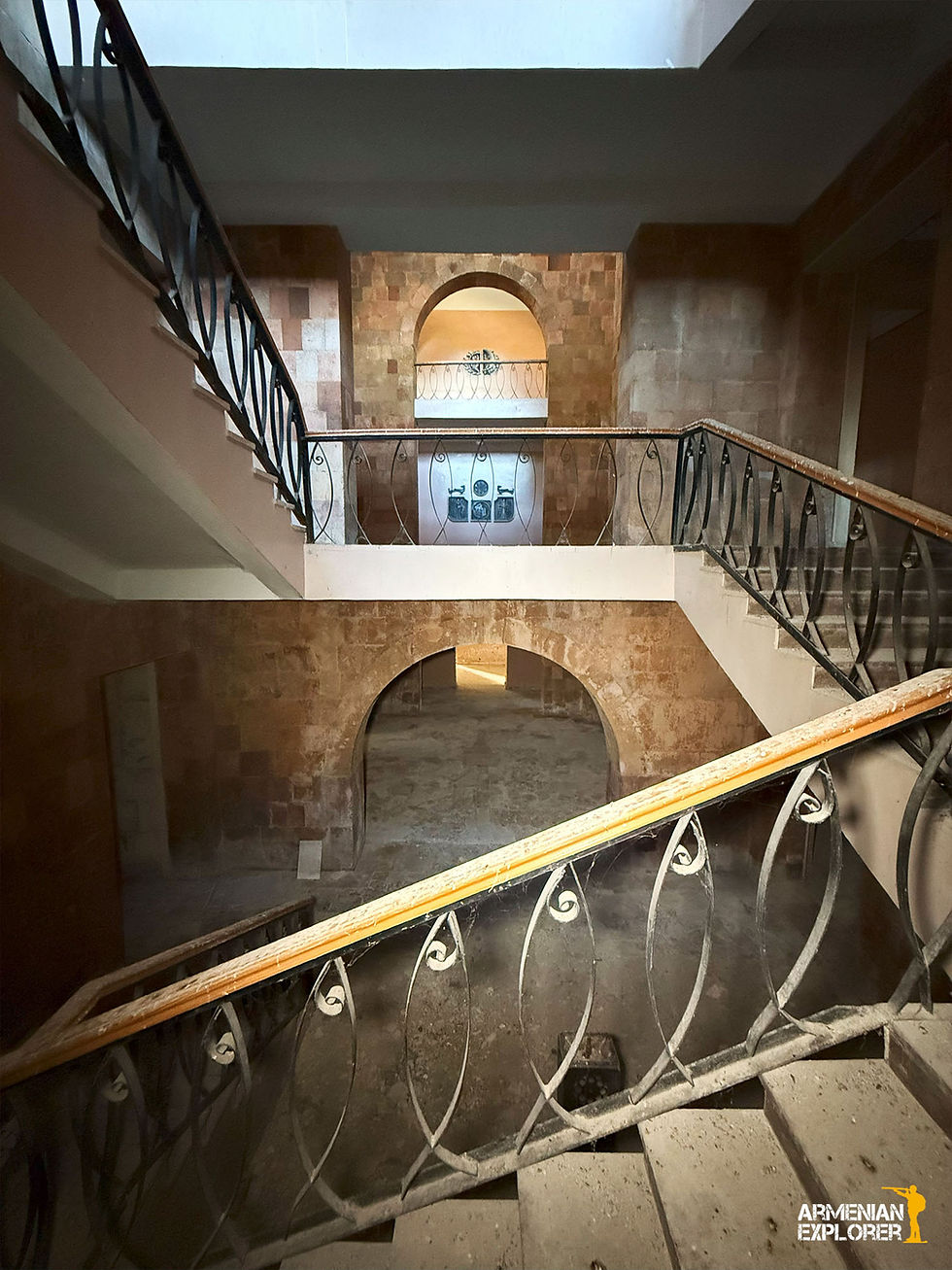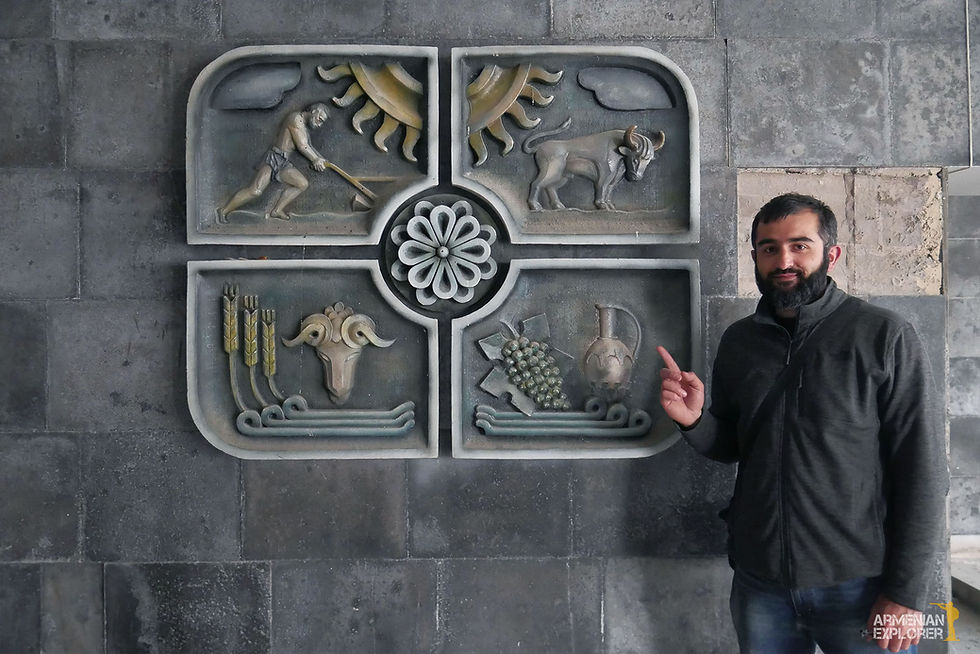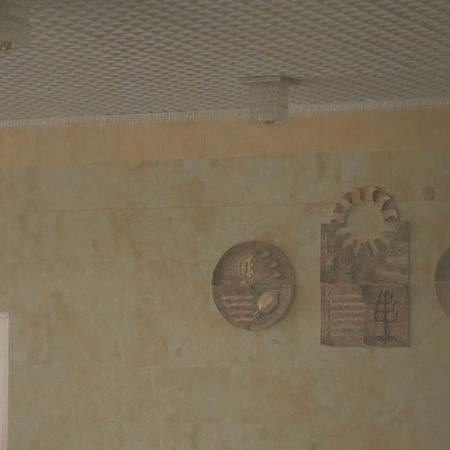

A Soviet-era sanatorium with forgotten masterpieces
In this article, I want to introduce another abandoned sanatorium that conceals beautiful ceramic bas-reliefs and a mesmerizing interior design. Out of caution, I won’t share exterior photos — not because I don’t have them, but because I don’t want to make the location too easy to find. In recent years, several heritage sites have suffered vandalism after being popularized online, often by attention-seeking TikTokers. A small request to fellow explorers: if you discover new places, share them responsibly. Publish photos in a way that doesn’t reveal exact locations, so that future urbexers can also experience these treasures.
This sanatorium was specifically built for the workers of a cable-producing factory. Architecturally, it resembles a fortress, featuring bold geometric forms, tower-like structures, striking staircases, and an overall sense of solidity and permanence.

The interior, however, is no less striking. Despite being out of use for decades, the building has remained in relatively good condition thanks to security on site. Inside, the ceilings, chandeliers, and ceramic bas-reliefs leave a lasting impression.

Among these, two ceramic bas-reliefs stood out to me as true masterpieces This one depicts a plough pulled by oxen beneath a shining sun. Below, a bundle of wheat and a goat’s head appear — ancient symbols deeply rooted in Armenian tradition. The goat’s head, in particular, has been revered for centuries and is one of the most frequently encountered motifs in Armenian petroglyphs. In the right corner of the panel, ears of wheat and a jar add to the agricultural theme, while at the center a decorative ornament recalls the intricate patterns of Armenian stone carving.

The other ceramic bas-relief also left a strong impression on me. At its center is the Armenian eternity symbol, while the sun shines at the top. In the upper left corner, a fisherman is casting his net, and in the upper right corner stands an Armenian church. The lower left panel depicts a ship, whereas the lower right panel shows a fish with a star above its head.
For me, these bas-reliefs were more than mere decorations; they served as a reminder of how art, history, and daily life were once intertwined — even in a sanatorium originally built for factory workers.
Very often I refrain from mentioning the architect’s name in my articles, since it makes the location too easy to identify. This time as well, I won’t publish it.
Project Gallery






















